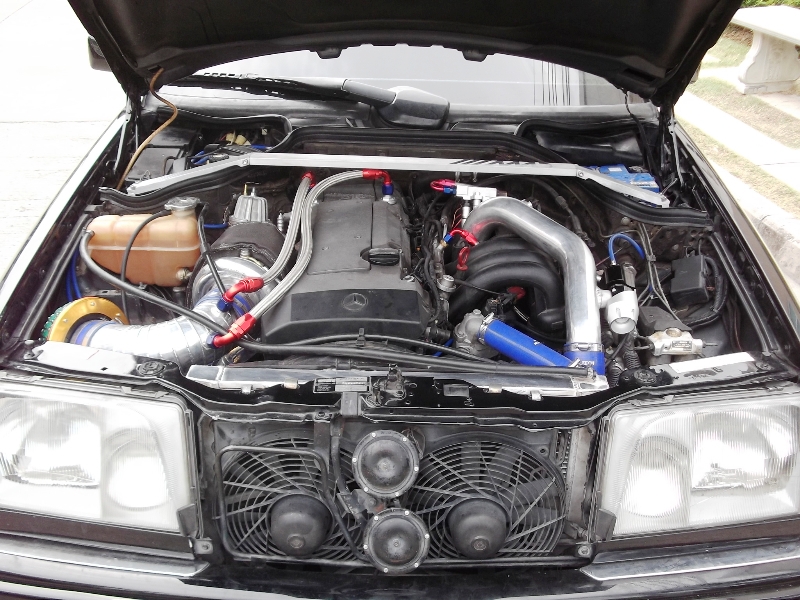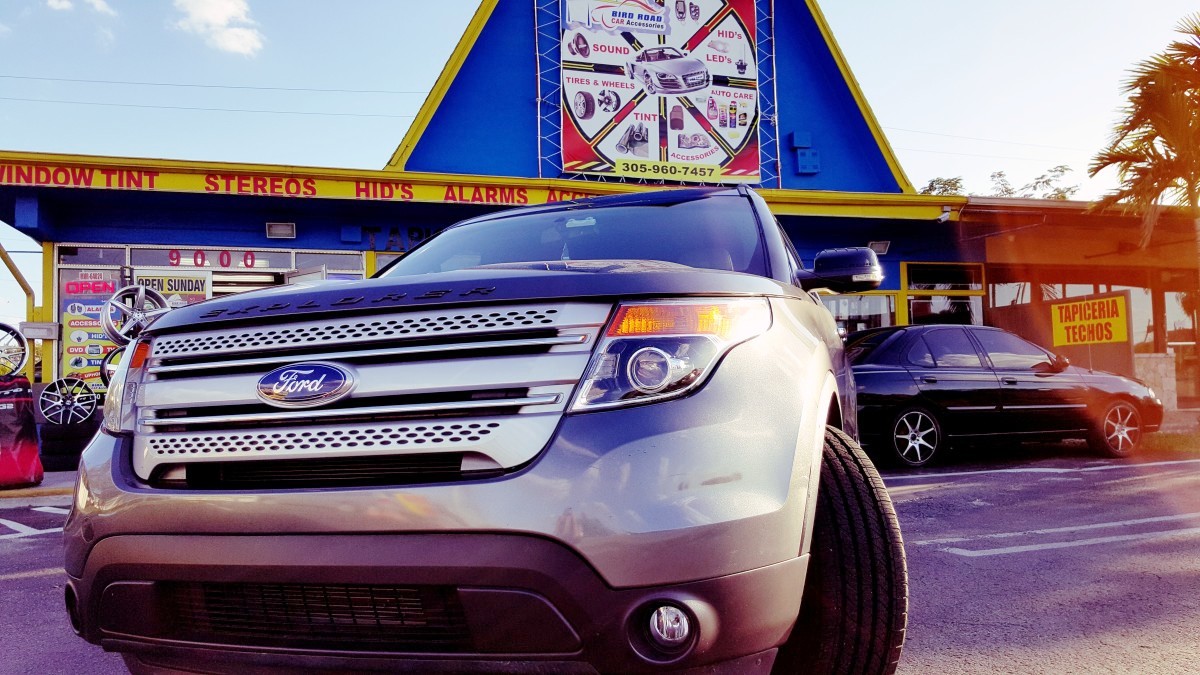Contents
– Engine cooling radiator: the principle
– Maintenance of the cooling radiator
– Price of a cooling radiator
If there is one element that must retain all its qualities and integrity for the engine to function, it is the cooling radiator. In this post, we’ll explain how useful it is, what it is made of and how to maintain it.
Engine cooling radiator: the principle
The engine cooling radiator is part of the cooling system as soon as it is liquid-cooled, which is the case for most modern vehicles.
Construction of the radiator
The radiator is made of aluminium alloy, which guarantees good heat conduction, and is made up of vertical tubes, the bundles in which the cooling liquid circulates.
These bundles are connected by fins in contact with the air, allowing the heat to be evacuated, with two crimped water boxes, one lower and one upper, framing them.
It always has an inlet for the upper hose and an outlet in the lower position for the lower hose.
It may also include, depending on the configuration
– a filling port with a radiator cap;
– an outlet for connection to the coolant feeder;
– an air bleed at the top;
– a drain screw at the bottom;
– a location for the cooling fan pressure switch.
Radiator Operation
The internal combustion engine is an engine that converts a lot of fuel into heat energy. The table below shows the distribution of energy in the engine:
|
Type of energy |
Energy production |
Proportion per 1 litre of fuel |
Taken over by the cooling system |
|---|---|---|---|
|
Mechanical energy |
Effective energy for vehicle traction |
26 % |
0 % |
|
Energy to drive accessories (alternator, injection pump, etc.) |
2 % |
0 % |
|
|
Combustion |
Exhaust heat energy |
45 % |
0 % |
|
Heat energy is transmitted to the walls of the thermal enclosure |
21 % |
– 19 % to the radiator – 2 % dissipated by the ambient air |
|
|
Friction |
Heat energy due to friction |
6 % |
4% to the radiator |
This table shows that about 25% of the potential energy of the fuel is transformed into heat energy processed by the cooling radiator:
– The heat, collected by the heat transfer fluid (coolant), is transported via the upper hose to the cooling radiator;
– The liquid is cooled by the ambient air, which passes through the radiator and returns to the engine via the lower hose to repeat the cycle.
Maintenance of the cooling radiator

Several malfunctions can occur:
– Radiator blockage: Due to old fluid, deposits form and prevent the flow of fluid, causing the engine to heat up;
– Radiator leakage: Due to an impact or oxidation, the radiator leaks and air enters the circuit, preventing the circulation of the liquid: the engine heats up;
– External clogging of the radiator: Because it is located at the front of the vehicle, it is exposed to splashes, mud and dust, which clogs the fins, causing the engine to overheat.
This damage can be repaired by blowing out the radiator (be careful, the fins are very fragile). The best thing is to monitor the radiator’s condition and clean it regularly.
Price of a cooling radiator
The radiator can be supplied new (from $100 to $200) or as a standard exchange (10 to 30% cheaper); a deposit will then be required (from $70 to $100), which is reimbursed when the replaced radiator is returned.
There are many potential suppliers: dealers, spare parts distributors, specialised websites, often cheaper. Here, it would help to check the website of D&D RADIATOR SERVICE in Melbourne.


4 comments
[…] – How to Maintain Your Engine Cooling Radiator; […]
[…] – How to Maintain Your Engine Cooling Radiator; […]
[…] – How to Maintain Your Engine Cooling Radiator; […]
[…] – How to Maintain Your Engine Cooling Radiator; […]